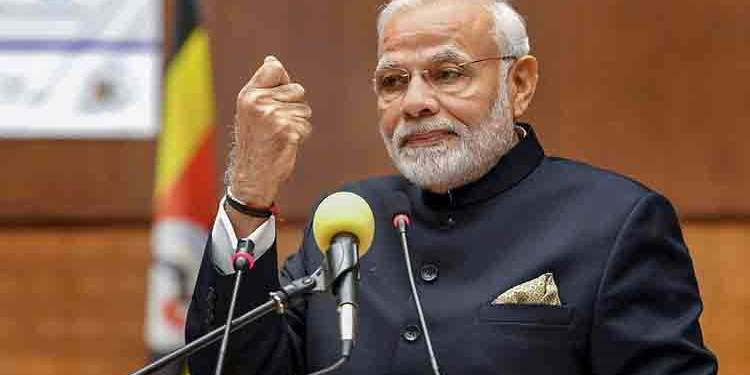In what showcases the potential of South Asia to lead global growth, an IMF paper ‘Is South Asia Ready for take Off? A sustainable and inclusive growth agenda’, has revealed that led by India, South Asia is moving towards becoming the centre of global growth. As per this latest research by the International Monetary Fund (IMF), South Asia led by India is moving towards becoming the centre of global growth and it could contribute one-third of the world’s global growth by the year 2040. As far as IMF’s geographical division, South Asia includes India, Bangladesh, Nepal, Sri Lanka, Bhutan, and Maldives. It must be noted here that it does not include Pakistan and Afghanistan.
As per the IMF paper, in order to achieve this ambition of dominating world growth, there is a need to make good use of the demographic dividend of the region. The paper states that the region can contribute one-third of the global growth by the year 2040, if there is a substantial liberalisation scenario supported by efforts to improve infrastructure and harness the young and large workforce of the region.
Ahead of the release of report, Anne-Marie Gulde-Wolf, Deputy Director, Asia and Pacific Department, IMF said, “Looking at it both from the growth trajectory that we see and the development elsewhere in Asia, we see South Asia as moving towards being much more of center of global growth.” She added, “We have a region with a massive potential for demographic dividend. (This is), a region that has been seen over the recent past significant growth spurt.” Giving specific inputs on how India could go ahead from here, she said, “The country has already an excellent tertiary education system, built a on high value-added services. So, in no way, should any strategy devalue that aspect.”
She further added that India needs to complement in areas like manufacturing sector, wherein India is below the level expected of a country with the level of India’s development. She added that the issue is how to ensure the involvement of the private sector to increase the manufacturing base. She also highlighted the need to broaden the quality of primary and secondary education. Apart from this, she also highlighted the need to cut red tape impediments and more generally even the footprint of the State including in the financial sector.
It is pertinent to mention here that South Asia has tremendous, untapped trade potential that could further bolster the inspiring growth story of the region. India stands to gain in a big way if regional trade takes off in a significant manner in South Asia. Last year, the World Bank released a report titled, ‘A Glass Half Full: The Promise of Regional Trade in South Asia’, the World Bank estimated that deeper regional trade and connectivity has the potential to more than triple India’s trade with its South Asian neighbours. India’s current trade in goods with its South Asian neighbours currently stands at $19 billion, a massive $43 billion below the potential level and merely 3% of the global trade. The regional free trade agreement, SAFTA turned out to be a failure and regional trade in South Asia could never realise its potential. The South Asian neighbours are more protectionist against trade from their South Asian neighbours, than the rest of the world. The SAARC also seems defunct with Pakistan vitiating the atmosphere by emerging as the manufacturer and exporter of Jihadist terror in the region. However, with the IMF making it clear that South Asia, excluding Pakistan, has humungous growth potential in the region, there is no reason why South Asia, minus Pakistan should not try to create a major trading bloc based on regional co-operation and dismantling of trade tariffs and other trade barriers.
India is positioned to emerge as a major trading power of the world. It is going to be a part of the much anticipated RCEP, which includes ten ASEAN members, along with Australia, New Zealand, South Korea, China and Japan. Once completed, it will be the world’s biggest free trade agreement that would represent 40 per cent of the global GDP and 45 per cent of the world population. India’s standing as a power to reckon with is solidified as it is a major trading hub playing an important role at both the RCEP, and the South Asian region, which can potentially take the shape of an influential trading zone and the engine of global growth.































